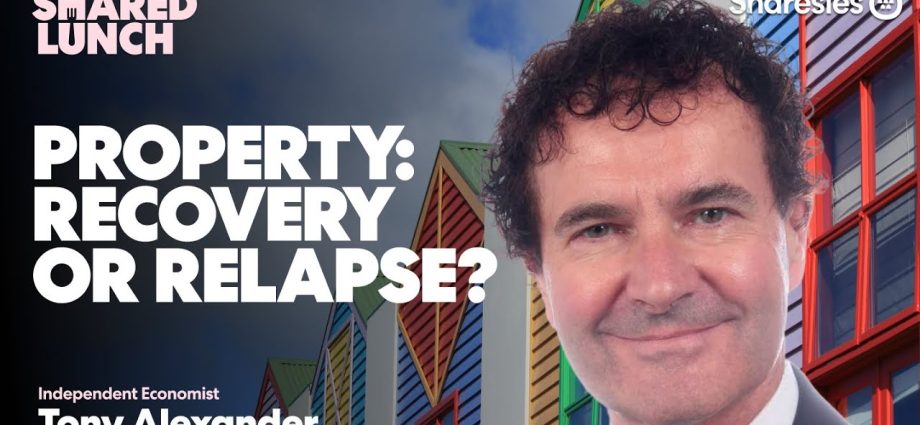PHOTO: Independent economist Tony Alexander. SHARSIES
💬 New Insights on Rates, Debt, and Why Baby Boomers Might Flood the Market with Homes
Independent economist Tony Alexander is back, and he’s unpacking the real story behind New Zealand’s housing market in a must-watch video that touches on everything from interest rates to regional lending patterns and the looming impact of Baby Boomer retirements.
🎥 Watch the full video here 👉 Tony Alexander Market Update – June 2025
🏡 Where’s the Housing Market Recovery Everyone Predicted?
Despite predictions of a rebound in late 2024, the expected housing market recovery hasn’t quite landed.
Tony points to key pressures:
-
High cost of living
-
Sticky interest rates
-
Ongoing uncertainty in global and domestic economics
Although business and consumer credit are up, total lending still hasn’t recovered to 2021 levels, especially in the residential sector.
📉 Interest Rates: Close to the Bottom?
Tony believes that interest rates may be near their floor, though a major drop is unlikely in the short term. With inflation slowly tracking down and spending still tight, banks may hold off on further rate hikes.
🧠 “We’re closer to the end of tightening than the start,” Tony explains. That’s key for anyone holding off on buying or investing.
🧾 Why South Islanders Carry Less Debt Than North Islanders
One standout stat? Private debt in the South Island is significantly lower than in the North.
Why?
-
Smaller cities and towns with more conservative borrowing patterns
-
Lower average house prices
-
A tendency toward debt-averse, savings-focused households
This debt gap could offer some resilience if rates or unemployment spike later this year.
🧳 The Brain Drain is Real—And It’s Affecting Housing Demand
New Zealand is seeing another wave of young professionals heading offshore, echoing the post-COVID brain drain of 2022–23.
💼 The result? Softer demand in rental-heavy areas, particularly city fringe suburbs where young Kiwis would normally settle.
👵 Boomers May Be the Next Big Supply Shock
One surprising upside for buyers? Tony says Baby Boomer retirements could unlock supply.
As they downsize or move into retirement villages, an increasing number of larger, mortgage-free homes may hit the market, particularly in the suburbs and regional centres.
This could shift the supply-demand equation and potentially cool prices at the mid-to-upper end of the market.
🧠 What This Means for Buyers and Investors
-
Now’s the time to watch rates carefully – big cuts aren’t coming, but we’re nearing the bottom
-
Expect slow, patchy growth, not a boom
-
Regional variation is key – South Island investors may have more headroom to move
-
Keep an eye on demographics – the Boomers may become a supply force in 2026 and beyond









